The Fascinating History of Engagement Rings: 8 Things You Never Knew
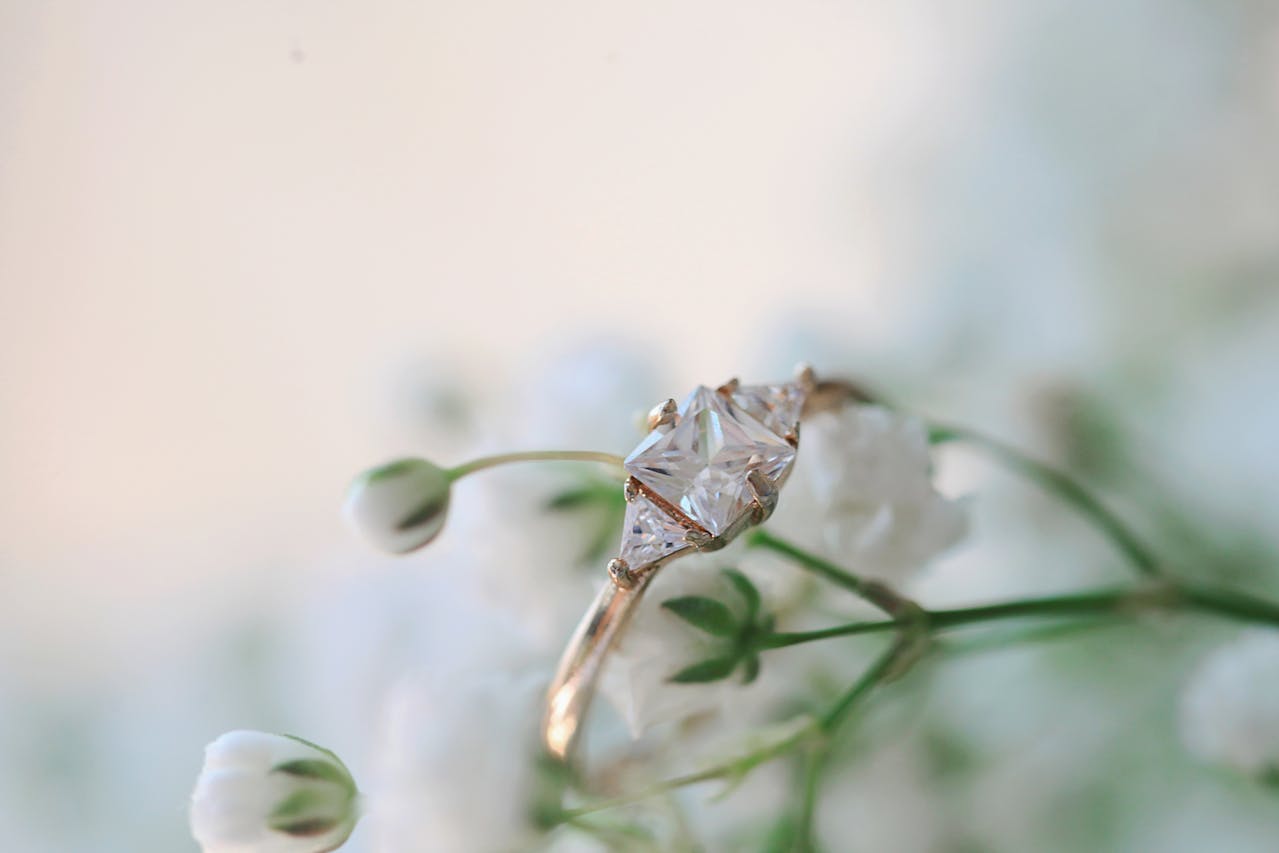
Engagement rings have long been a symbol of love, commitment, and the promise of a shared future. While most people are familiar with the sparkling diamonds and beautiful designs that characterize these rings today, the history of engagement rings is rich and complex, filled with fascinating stories and cultural significance. From ancient traditions to modern customs, the evolution of engagement rings reflects changing societal values and romantic ideals. In this article, we’ll uncover ten surprising facts about engagement rings that you probably never knew, revealing the captivating history behind this enduring symbol of love.
1. The First Engagement Ring Dates Back to Ancient Egypt
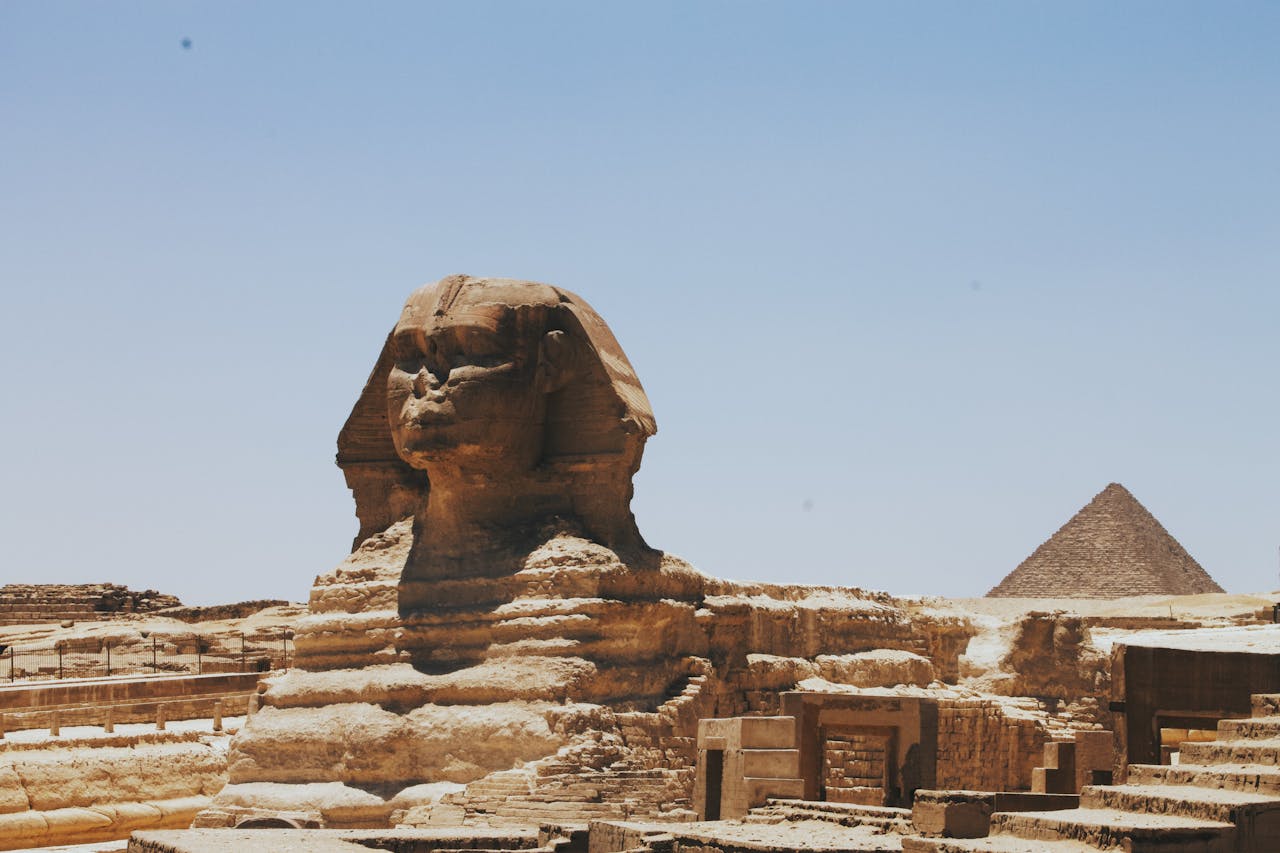
The tradition of giving an engagement ring can be traced back to ancient Egypt, where couples exchanged braided reeds or hemp as a symbol of their commitment. The circular shape of the ring represented eternity, a powerful symbol in a culture that valued the afterlife and the continuity of love. These early rings were simple, yet they laid the foundation for the more elaborate engagement rings we see today.
2. The Romans Popularized the Ring as a Symbol of Betrothal
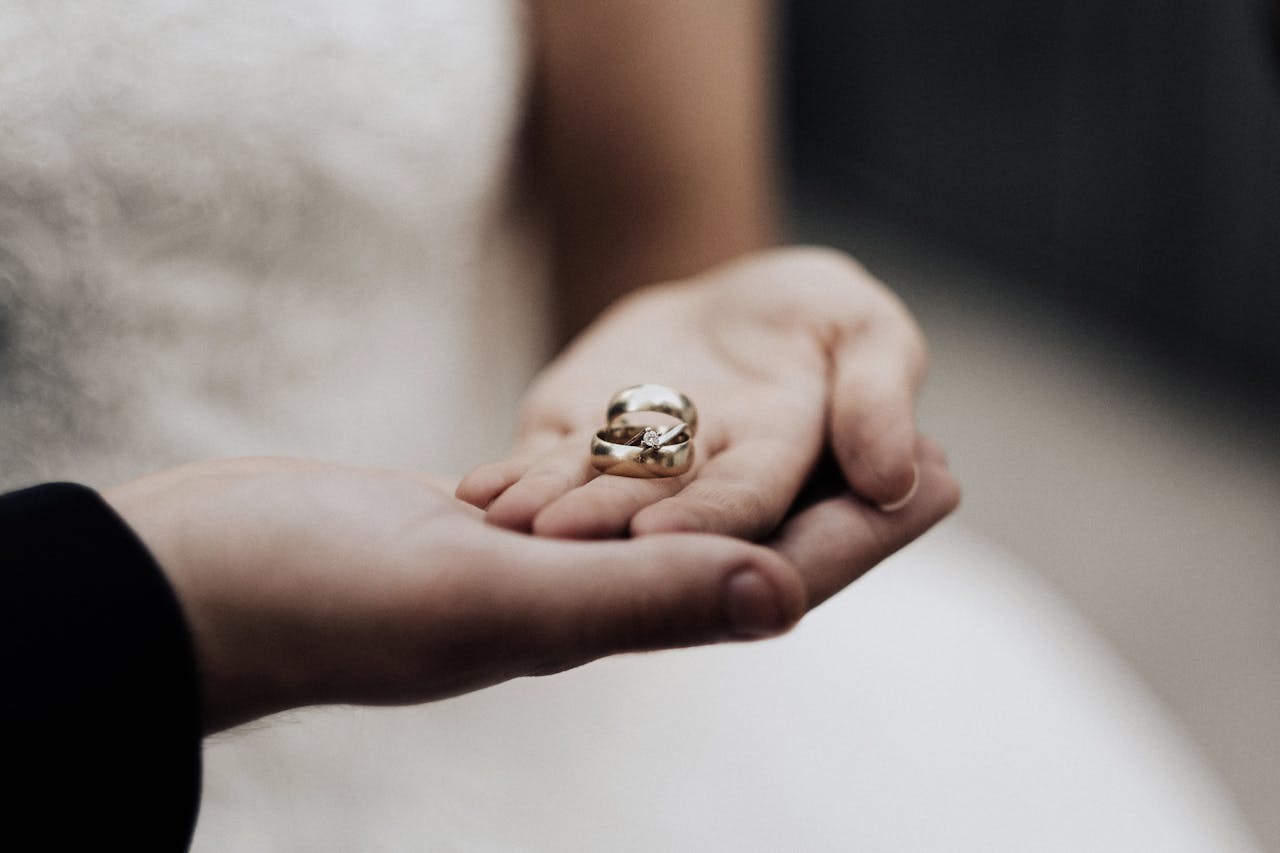
The Romans played a significant role in popularizing engagement rings in the Western world. They introduced the concept of a ring as a formal token of betrothal, often using iron or gold to craft their rings. The use of gold symbolized wealth and durability, while iron was associated with strength. Roman brides often wore two rings: one for public appearances and a more ornate one for private settings, signifying their commitment to their husbands.
3. Diamonds Became the Standard in the 15th Century
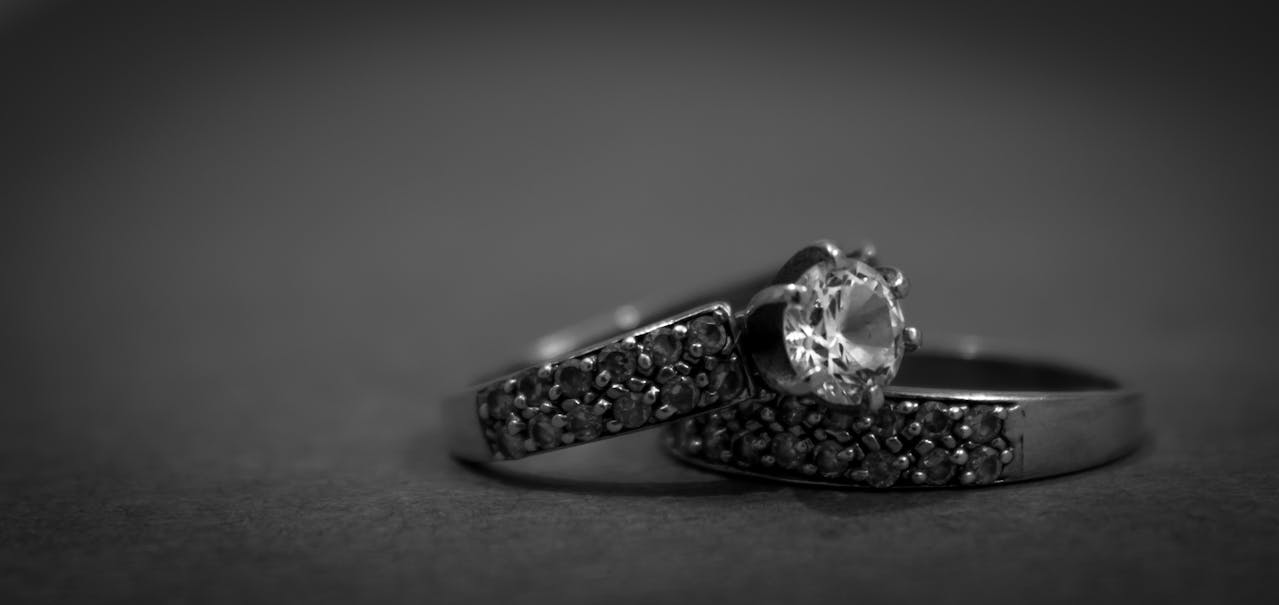
While engagement rings have existed for centuries, it wasn’t until the 15th century that diamonds became the preferred gemstone. The first recorded use of a diamond engagement ring was in 1477 when Archduke Maximilian of Austria proposed to Mary of Burgundy with a diamond ring. This extravagant gesture set a trend among European nobility and eventually trickled down to the general population, marking the beginning of the diamond’s association with love and commitment.
4. The De Beers Campaign Revolutionized Engagement Rings
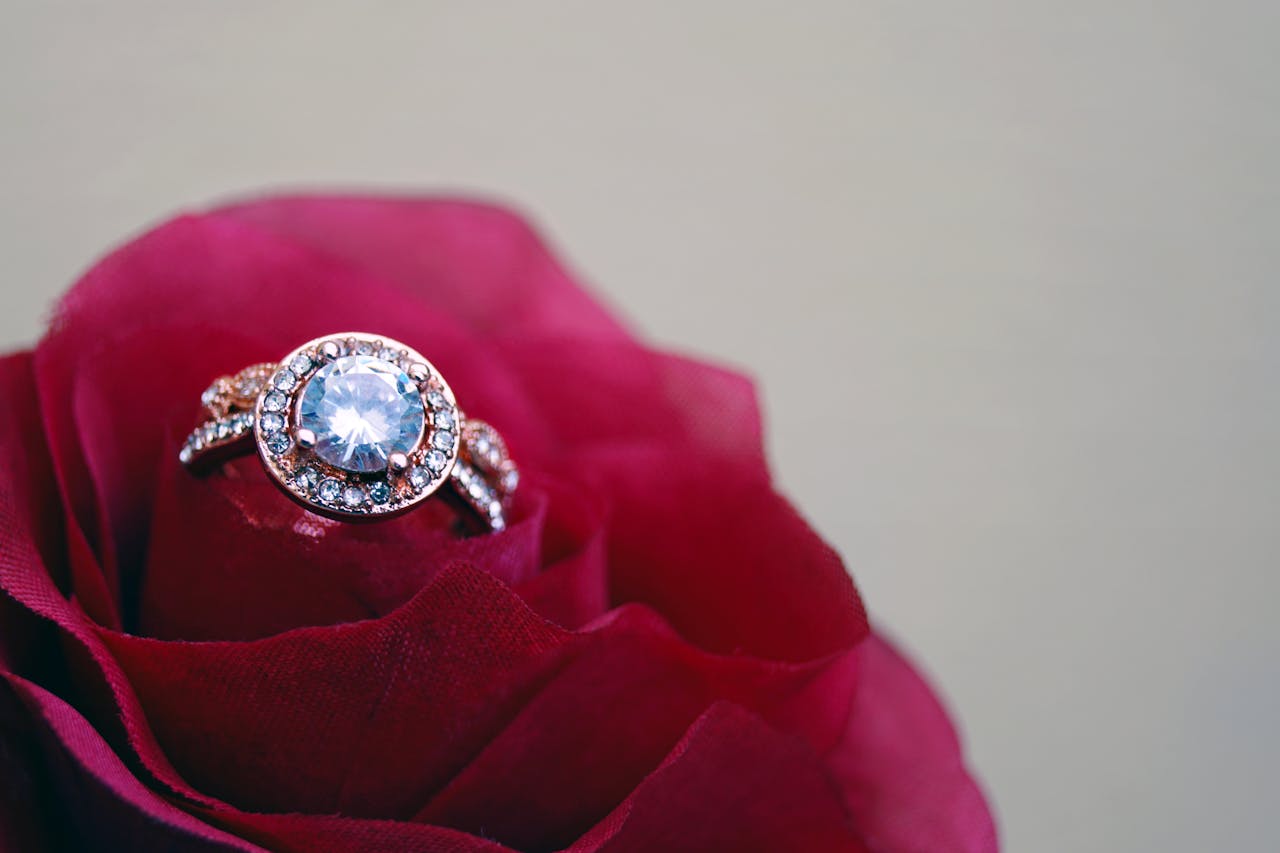
In the 20th century, the diamond engagement ring became a widespread symbol of love, thanks in large part to a brilliant marketing campaign by De Beers in the 1940s. The slogan “A diamond is forever” was introduced, emphasizing the idea that diamonds were not just a symbol of love but also of lasting commitment. This campaign successfully positioned diamond engagement rings as an essential part of the marriage proposal, forever changing societal expectations around engagement and marriage.
5. The Design and Style of Engagement Rings Have Evolved
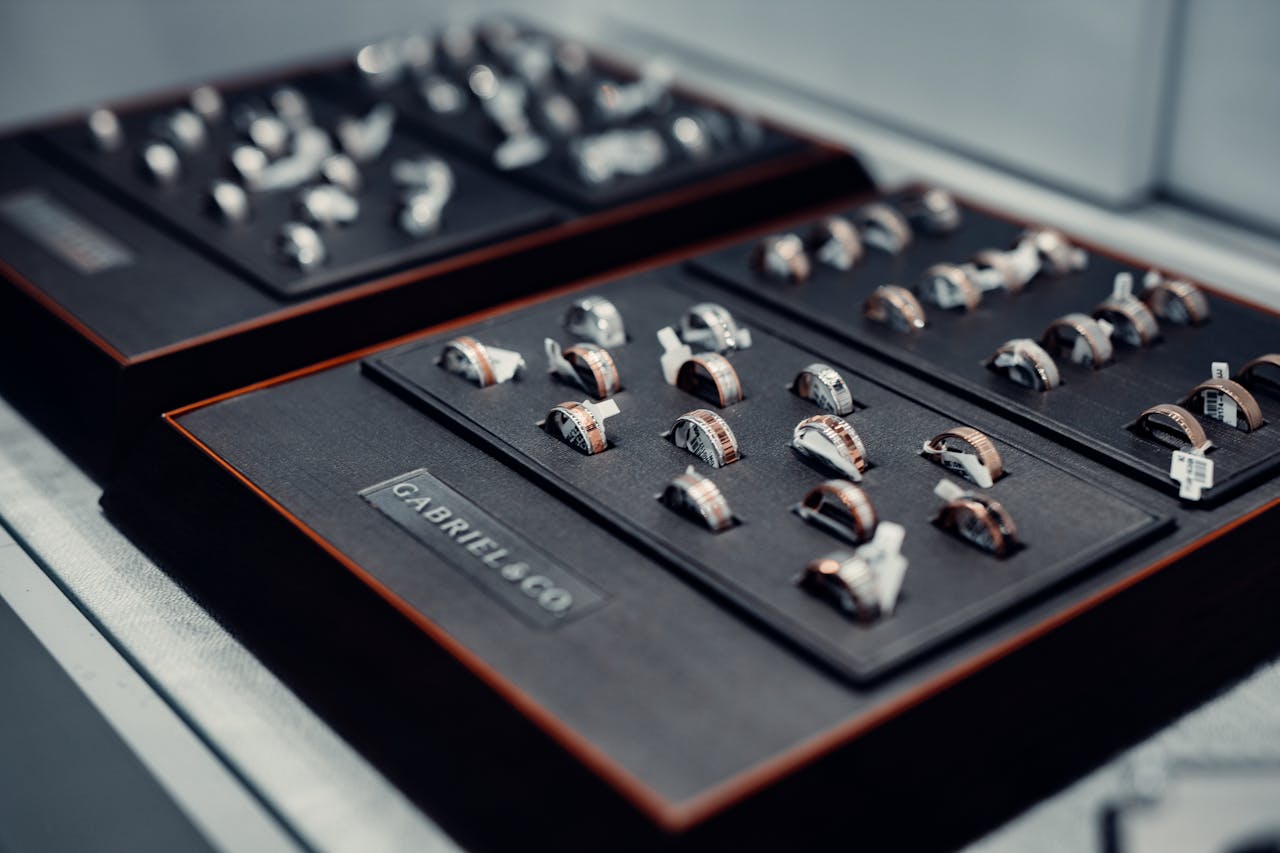
Engagement ring styles have evolved over the centuries, reflecting changing tastes and cultural influences. From the ornate designs of the Victorian era to the minimalist styles of the mid-20th century, each period brought its unique flair. Today, couples have a wide range of options, from classic solitaires to modern halo settings, allowing them to choose a ring that reflects their personal style and preferences.
6. Non-Diamond Engagement Rings Are Gaining Popularity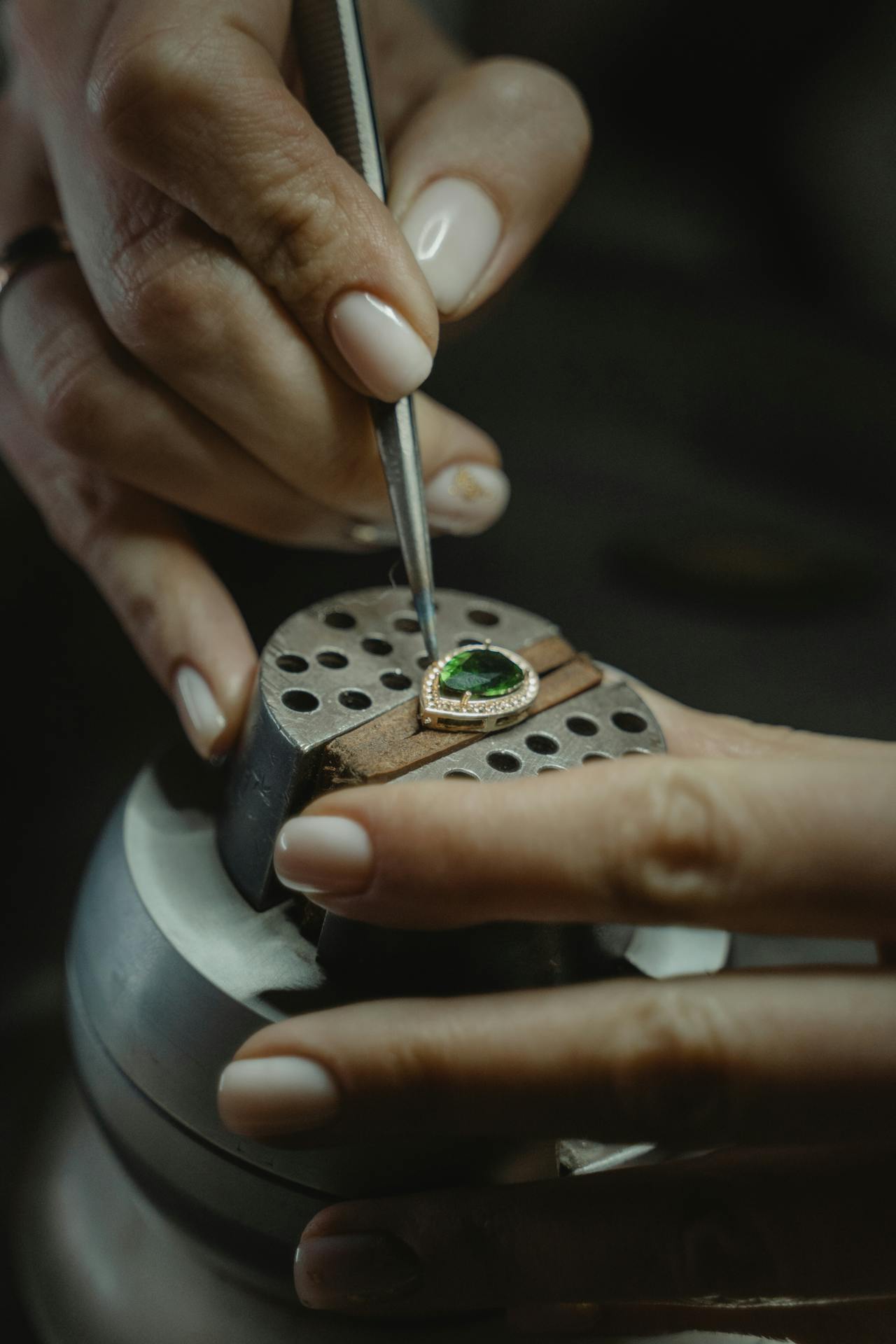
While diamonds have long been the traditional choice for engagement rings, non-diamond gemstones are becoming increasingly popular. Many couples are opting for alternative stones, such as sapphires, emeralds, and moissanite, for their unique colors and meanings. This trend reflects a shift toward individuality and personal expression, with couples choosing stones that hold special significance to them.
7. Engagement Rings Were Originally Worn by Men
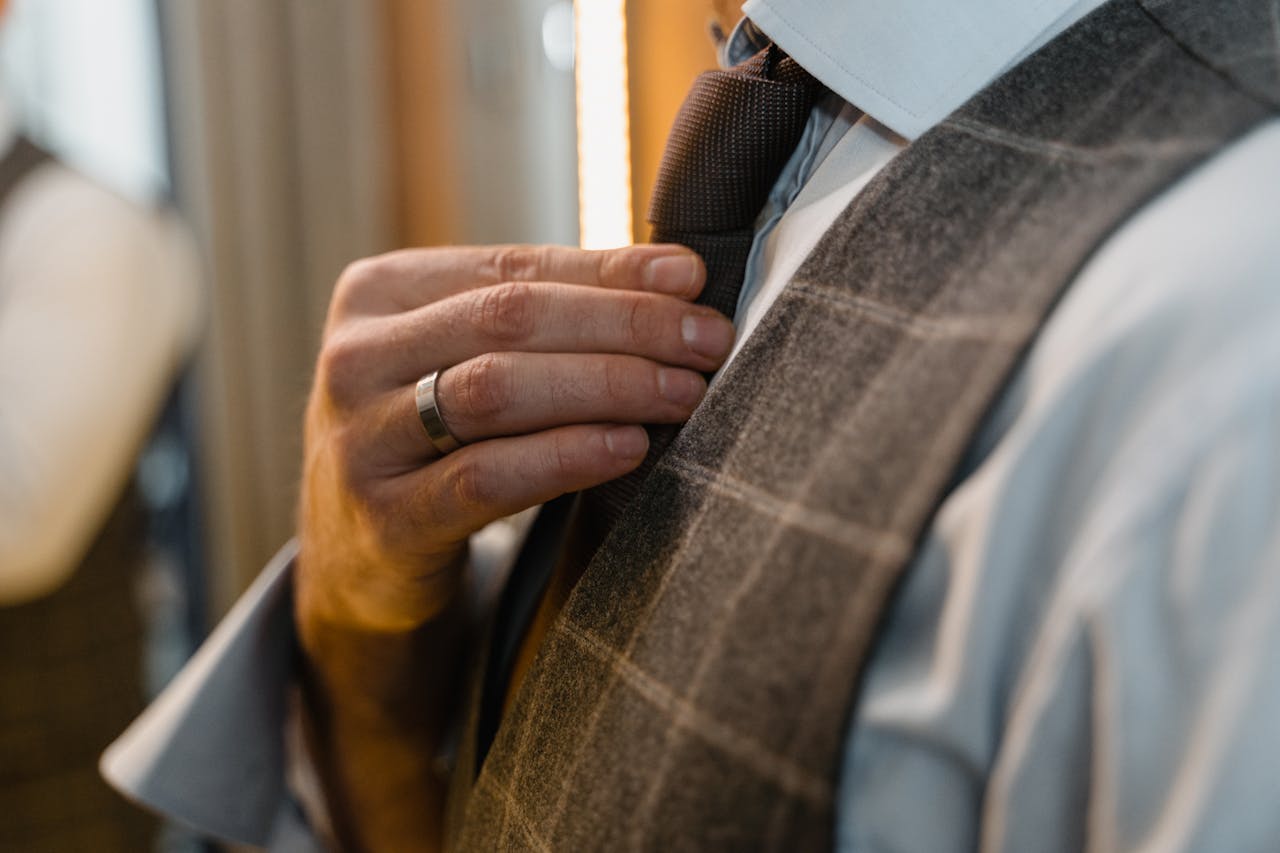
In ancient times, it was common for both men and women to wear engagement rings. Roman men, in particular, wore rings as a sign of their betrothal. However, over time, societal norms shifted, and engagement rings became primarily associated with women. Today, many couples are returning to the tradition of men wearing engagement rings, emphasizing equality and shared commitment in their relationships.
8. The Cost of an Engagement Ring Has Increased Over Time
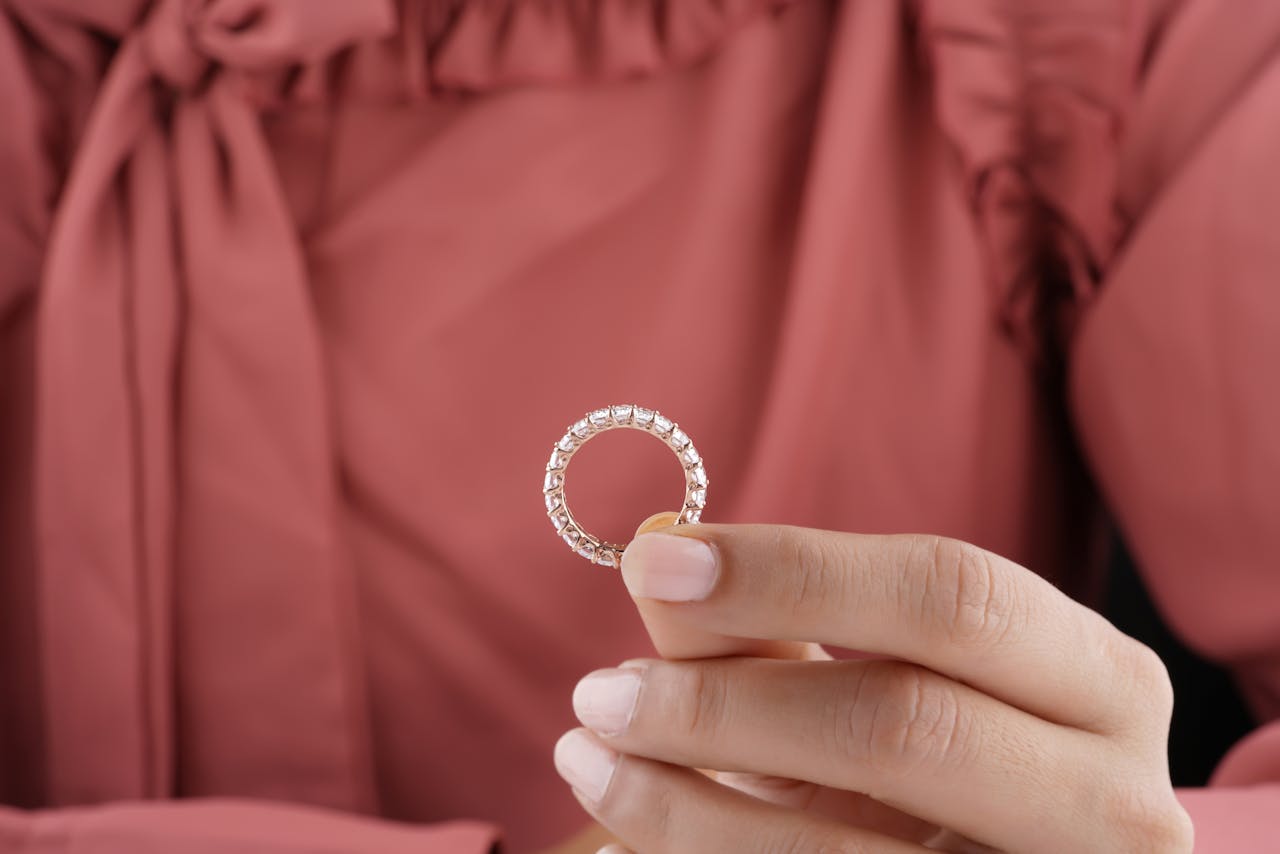
The cost of engagement rings has significantly increased over the years. Traditionally, the cost was often determined by the groom’s financial situation and the preferences of the bride. However, societal expectations have shifted, leading to the widespread notion that one should spend at least two to three months’ salary on an engagement ring. This expectation has put pressure on many couples, influencing their choices and budgets when it comes to selecting the perfect ring.
Final Thoughts
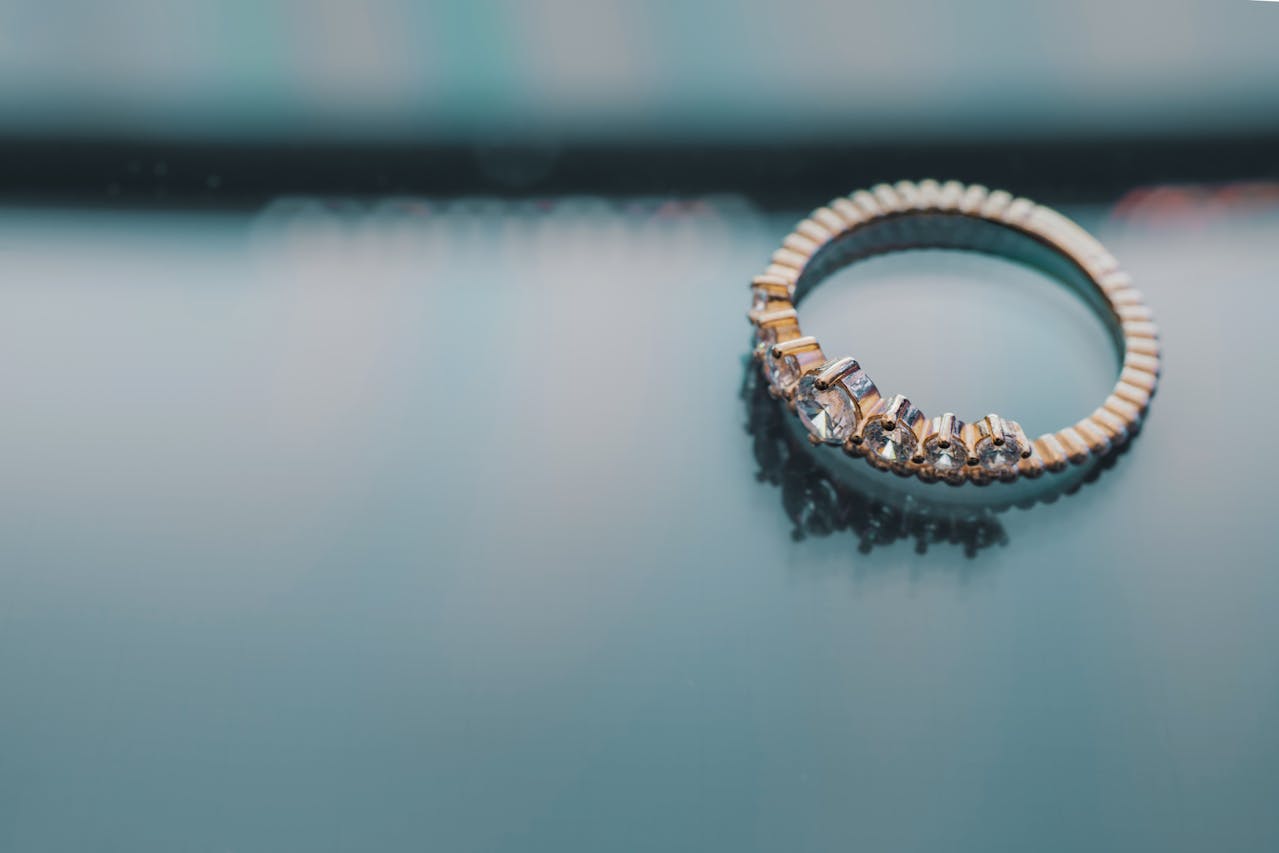
The history of engagement rings is a fascinating tapestry woven with love, tradition, and cultural significance. From ancient Egypt to modern-day trends, the evolution of engagement rings reflects changing values and romantic ideals. As couples continue to embrace individuality and express their unique love stories through their choices, engagement rings will remain a timeless symbol of commitment. Whether you choose a classic diamond, a vibrant gemstone, or even a simple band, the true essence of an engagement ring lies in the love and promise it represents.
Leave a Reply